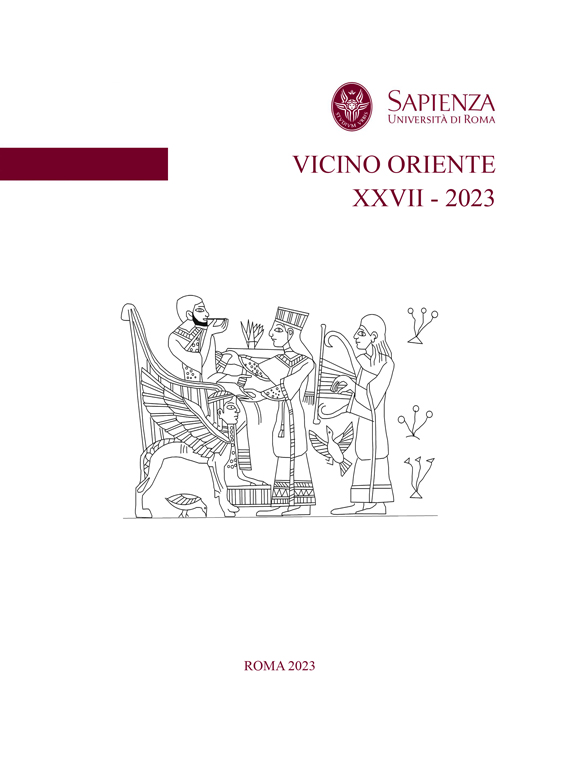Abstract
During the XLII season (2022) of excavations in Zone D at Motya, under the floor levels of the “House of Triton’s Horn”, Sounding IV reached a pit filled up with archaic ceramic fragments. Here a cut-out bottom of a Greek hydria inscribed on both sides with different scripts and languages was found.
The finding spot, the associated ceramics, the ceramological and epigraphic examination of the fragment allowed to hypothesize that it probably belonged to one of the merchants who used to live in that residential part of Motya towards the end of 7th and the beginning of the 6th century BC. Other finds from the same stratigraphic context, including an Etruscan amphora, some fragments of bucchero and the Etruscan inscription found in 2017, show the international connections of the local trade élite, suggesting for a certain while a specific Tyrrhenian vocation.

This work is licensed under a Creative Commons Attribution-NonCommercial-NoDerivatives 4.0 International License.
Copyright (c) 2023 VICINO ORIENTE

